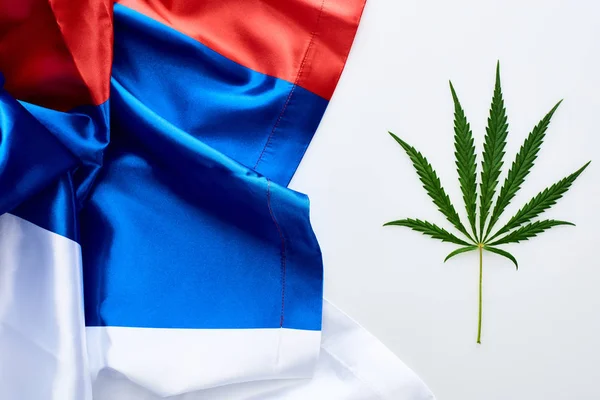Legal Consequences of Growing Cannabis in Russia
Russian drug policy is known for its severity, and the country’s courts are often seen as part of a system that crushes the lives and freedoms of those deemed undesirable. At first glance, it may seem that the judicial and legislative branches treat cannabis and its cultivators with the same harshness. However, the reality is a bit more nuanced.
Severity of Penalties
Growing fewer than 20 cannabis plants in Russia has been decriminalized. If law enforcement discovers a home grow operation, they can only issue an administrative citation under Article 10.5.1 of the Administrative Offenses Code (KoAP), which carries a fine of up to 5,000 rubles or administrative arrest for up to 15 days.
According to data from the Judicial Department of the Supreme Court of the Russian Federation, in 2020, 79.7% of cases under this article resulted in guilty verdicts. Of the 977 people found guilty, 147 received arrest sentences, while the remaining 830 were fined. The total amount of fines reached 1.6 million rubles, or just under 2,000 rubles per person. Additionally, 126 growers were ordered to undergo mandatory drug treatment.
If someone is caught growing 20 or more plants, they are prosecuted under Article 231 of the Criminal Code, which carries much harsher penalties. In 2020, out of 468 people convicted under this article, 33 received actual prison sentences (21 of them for less than a year). More often, courts handed down suspended sentences (116), community service (145), or fines (148). Restrictions on freedom or corrective labor were imposed on 24 and 1 person, respectively. Ten people were ordered to undergo drug treatment.
It’s important to note that Articles 10.5.1 of the KoAP and 231 of the Criminal Code apply to all controlled plants, not just cannabis. This means the statistics also include those growing, for example, psilocybin mushrooms or opium poppies. Since there is no legal distinction between these plants, the outcomes of such cases are similar.
How Cultivation Becomes Possession
There’s another important point to remember: administrative and criminal liability for cultivation only applies when growing plants are discovered and seized, regardless of their stage of development. Once a grower harvests the plants, legally, cannabis is no longer being “cultivated” but is now considered “possessed.” Depending on the amount harvested, law enforcement will either issue a citation under Article 6.8 of the KoAP (if less than 6 grams) or open a criminal case under Article 228 of the Criminal Code. The greater the weight, the harsher the penalties.
It’s unclear from the Judicial Department’s statistics how often this scenario occurs among those growing fewer than 20 plants. However, among those growing 20 or more plants and possessing part of the harvest, there were 841 cases. Of these, 272 received suspended sentences, 198 received actual prison terms (in 86 cases, between three and five years), 172 were sentenced to community service, and 161 were fined.
Legal Ways to Avoid Criminal Liability
If you are charged with growing or possessing cannabis, you have the right to be released from criminal prosecution by paying a court-imposed fine. However, this is only possible if two conditions are met: you have not been previously prosecuted, and you have compensated for the damage or otherwise made amends for the harm caused by the offense.
All you need to do is make a donation to a non-profit organization or volunteer for one for a period of time, then file a petition with the court to dismiss the case and pay the fine, which is half the maximum possible for the charged article.
The Hand-Help portal provides a detailed guide on what steps to take, in what order, and how to properly prepare the necessary documents.
Sources and Additional Information
- Other channels and partners: See original publication for details



